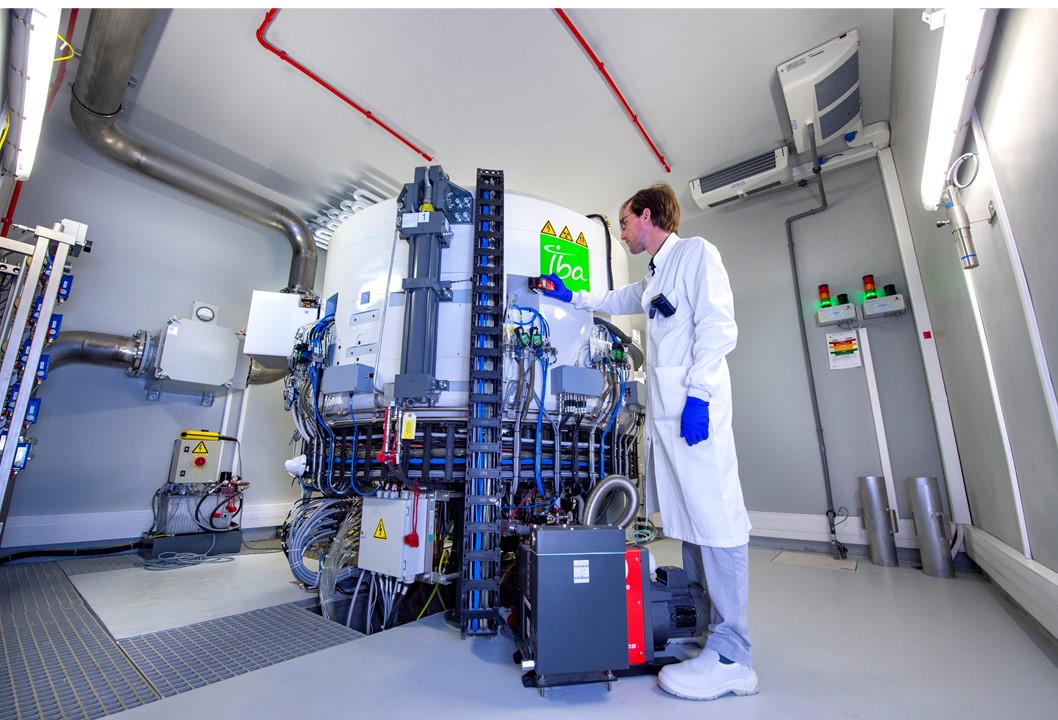A strategic hub for radiotracers production
Since its launch, the core facility has been at the forefront of developing and producing radiotracers based on two short half-life isotopes: fluorine-18 (≈110 min) and carbon-11 (≈20 min). A third isotope, zirconium-89 (≈3.3 days), will soon further strengthen this offering.
These radiotracers, essential tools in PET imaging, provide extremely sensitive diagnostic capabilities and represent a major asset for medical research conducted at Fontenay-aux-Roses and across the NeurATRIS network, dedicated to pioneering therapies in neuroscience.
A cutting-edge infrastructure driving research forward
Equipped with a cyclotron, the core facility offers on-site synthesis of a wide range of radiotracers labeled with positron emitters. This production autonomy ensures fast, reliable, and secure availability for NeurATRIS teams as well as for academic and industrial partners in the Île-de-France region.
In particular, it paves the way for expanded use of carbon-11, a tracer highly prized in clinical research but traditionally difficult to harness in preclinical studies due to its very short half-life.
 @CEA @CEA
|
|
Direct applications for understanding neurodegenerative diseases
A first success already highlights the potential of the core facility: the development of an innovative radiotracer designed to target α-synuclein, a protein whose abnormal accumulation is a key hallmark of Parkinson’s disease.
This tracer now makes it possible to visualize and measure, non-invasively, the progressive formation of these pathological aggregates in the brain. As a true biomarker, it represents a powerful tool to better understand the mechanisms of the disease, assess its progression, and monitor the effectiveness of emerging therapies.
A clear ambition
Open to collaboration, this new radiochemistry core facility stands as a key driver for accelerating translational research and improving patient care in neurodegenerative diseases such as Parkinson’s, Huntington’s, Alzheimer’s, and multiple sclerosis.